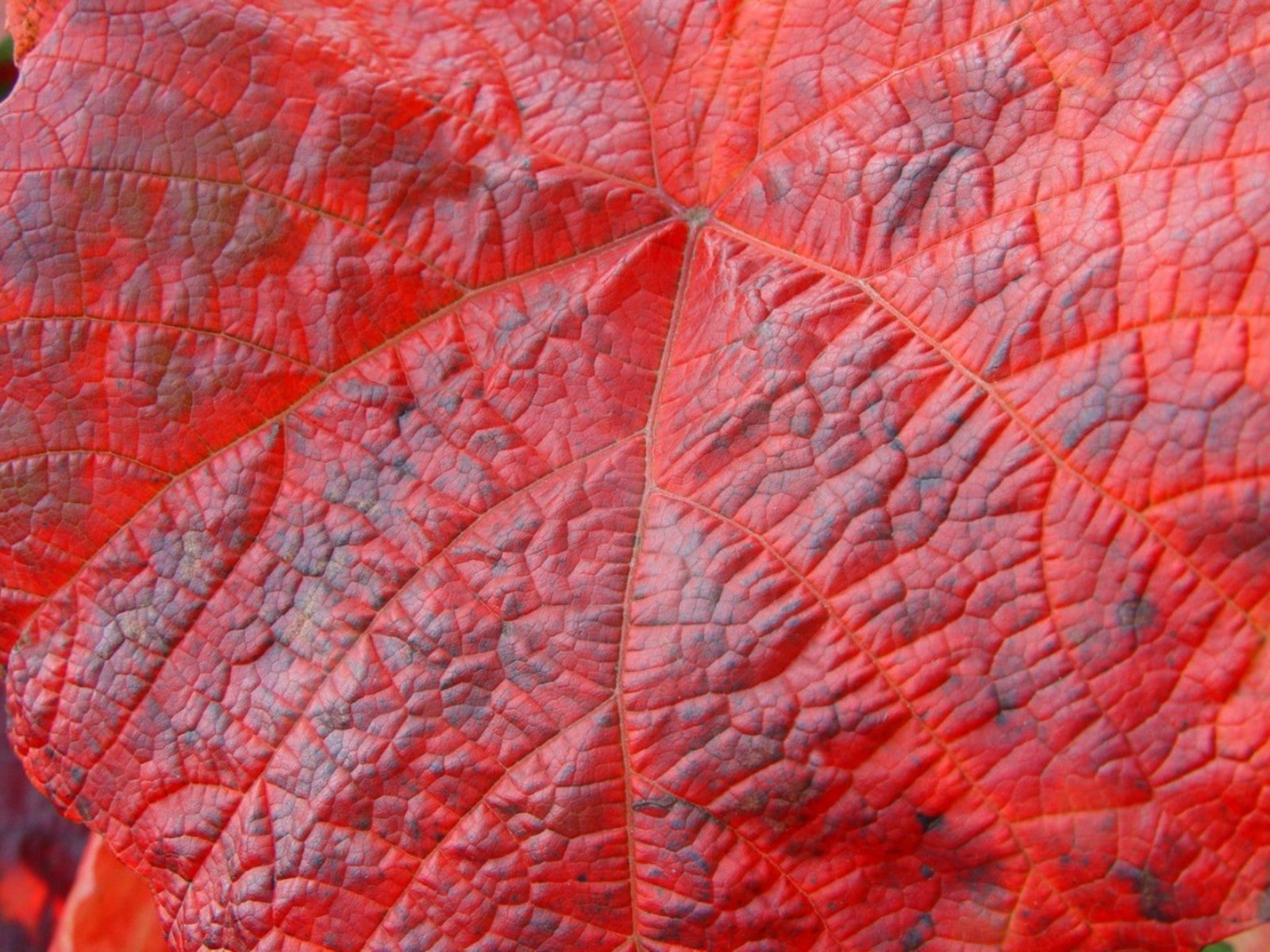Crimson Glory Grapevines – Growing A Crimson Glory Vine Plant


Ornamental flowering vines are of excellent use in the home landscape. Whether a gardener wishes to cover an unsightly old fence, wants to create a privacy barrier, or simply wants to maintain a visually appealing trellis canopy, the addition of vines to green spaces is sure to add the desired effect. One vine, called the Crimson Glory vine plant, is grown for its highly ornamental foliage and enthusiastic growth habit. Learning more about Crimson Glory climbing plants can help you as a gardener better understand whether this large specimen is right for your yard.
What are Crimson Glory Grapevines?
Also known as Crimson Glory grapevines, the Crimson Glory vine plant is actually an ornamental type of grape. This variety is not bred for consumption by humans and should not be eaten. However, it does produce small fruit late in the growing season that’s especially attractive to birds and other native wildlife. This plant’s true ornamental value comes from its colorful and lively fall foliage.
Often reaching lengths of 60 feet (18 m.), this plant should only be considered by gardeners with access to ample growing space. In many cases, Crimson Glory climbing plants have shown an ability to escape flower borders and spread to neighboring trees and structures.
How and When to Plant Crimson Glory Vines
In determining when to plant Crimson Glory vines, it is best to consider characteristics of its growth. Due to its deciduous nature, the best time to plant the vines is any time the plant is dormant. In most cases, gardeners are able to purchase bare root or dormant plants in the early spring.
Crimson Glory grape vines will thrive in a location that receives full sun and has excellent drainage. Good air circulation will also be key, as many plants have shown susceptibility to disease pressures, such as powdery mildew. As noted, pruning a Crimson Glory vine will be a great necessity in controlling the size of the plants. Growers advocate for aggressive pruning in the mid-summer to control their spread and to maintain the vine’s desired shape.
Sign up for the Gardening Know How newsletter today and receive a free copy of our e-book "How to Grow Delicious Tomatoes".

Tonya Barnett has been gardening for 13 years. Flowers are her passion. She has transformed her backyard into a cut flower garden, which she regularly chronicles on her YouTube channel http://www.youtube.com/@tonyawiththeflowers.